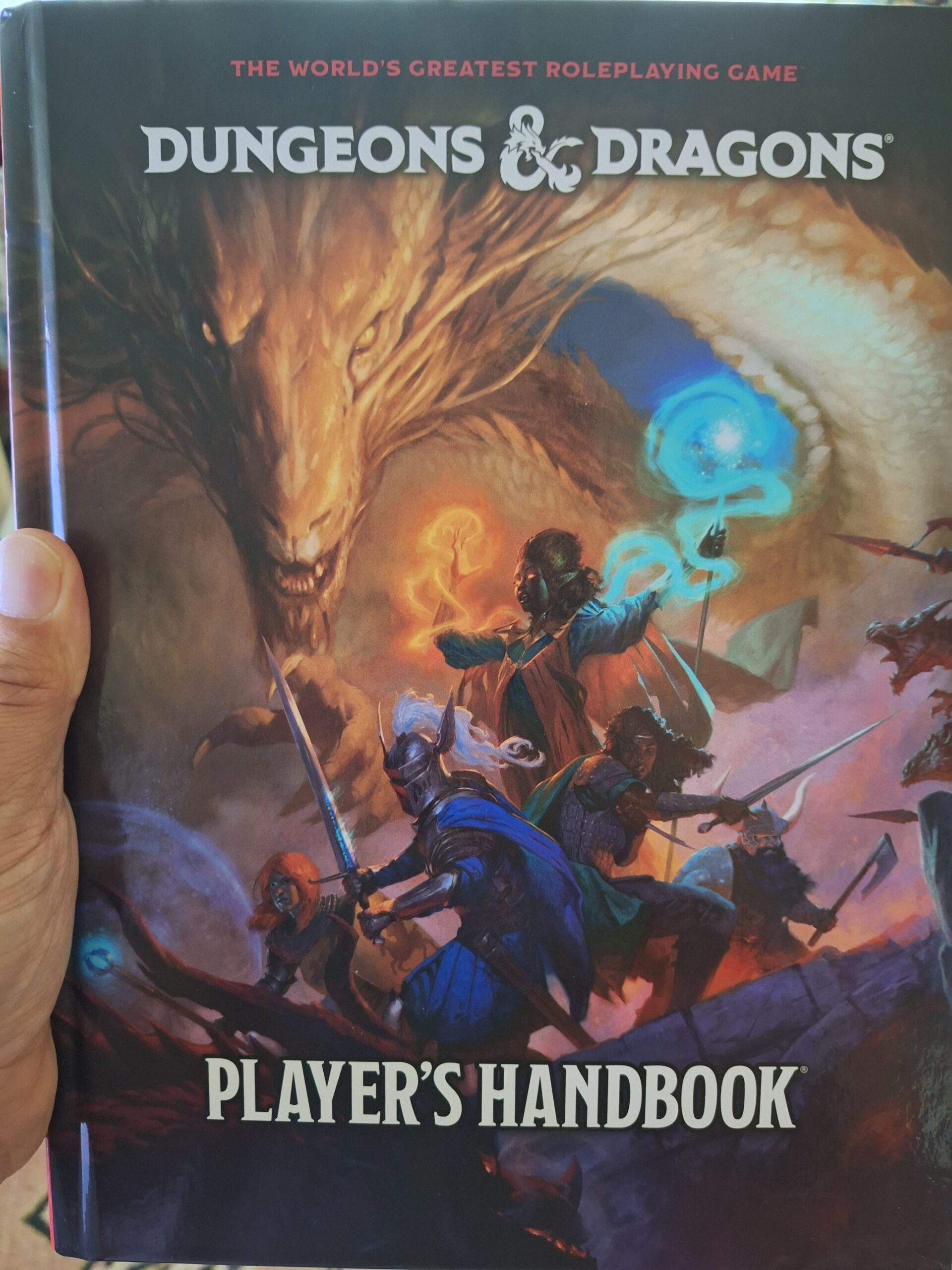D&D: Five New Rules You’ll Want to Learn Fast


Switching to the new edition of D&D? Here are the five rules you’ll want to get the hang of first and foremost.
The new edition of D&D is at hand, or if you pre-ordered it on D&D Beyond and have the right kind of subscription type, it’s already out for you in Early Access. Either way, if you’ve been thinking about making the switch to the new edition, there’s plenty to dig into. Classes have been overhauled, rules for spellcasting have been subtly but substantively altered – and of course, there’s tons of new options for making your character.
It can be a lot to take in all at once. Especially if you have a game coming up this week. But don’t worry, we’re here to help. Here are five rules you might want to get the hang of first when you’re switching to the new ruleset.
Weapon Mastery
One of the big new toys for all the fighting types are the new Weapon Mastery properties. These are extra little add-on abilities that you get when using a weapon. But, you won’t always have access to them. It would be real easy to read through the equipment list, see that a Battleaxe has the Topple weapon mastery and assume that while you’re using it, you can just Topple someone—they make a save or are knocked prone.
But you only ever get access to a limited number of weapon mastery properties. You have to be granted them by a special feature, like the Weapon Mastery class feature of Fighters and Barbarians, or the Weapon Master feat. And you’ll only ever be able to use the properties of a few kinds of weapons. So you might be a Barbarian with access to Greataxe Weapon Mastery Properties. And then once you’ve made your choice, you have access to the right weapons.
Of course, you can switch which weapon masteries you have access to after a Long Rest, typically. But you’ll want to make sure you have them in the first place.
Your Background Boosts Your Stats
When making a new character, a big part of your character is decided by your background. Your background gives you a list of three stats to pick from, and you can give either +2/+1 or +1/+1/+1 to any of the stats in that background, but only the stats it lists. So if you’re playing a character with a Criminal Background, you can only increase your Dexterity, Constitution, and/or Intelligence scores. If you wanted to add to both Dexterity and Wisdom, perhaps because you’re playing a Monk, you might want to be a Scribe or a Sailor – but never a Criminal or Acolyte.
One Spell with a Spell Slot Per Turn
This one’s complicated enough that we gave it its own article. But, you can only cast one spell from one of your spell slots per turn. Which means even if you gained the ability to take two Magic Actions on your turn, or had a Bonus Action spell to cast, you couldn’t cast a spell with a spell slot other than a Cantrip if you’ve already cast a spell using one of your spell slots.
But if you can cast a spell without a spell slot, you can pretty much go nuts.
Unwilling Targets Might Be Immune to Your BS
Have you ever been in a situation where your party has been caught, red-handed. The Rogue’s hand is on the king’s treasure. The Fighter’s sword plunged into the chest of the scheming Vizier. And then the Bard steps up and says “this isn’t what it looks like,” and rolls a natural 20 (always) and suddenly your actions don’t have consequences anymore?
Well that may change. Assuming your DM reads the rules. Social Interactions have a bit more structure and mechanical support. For instance, when you use the Influence Action to Persuade or Deceive an enemy, you might fail outright. Targets can be Willing, Unwilling, or Hesitant. Willing targets want to help you. Hesitant targets need a roll. Unwilling targets just say no, no ability check necessary.
Which means that a Guard who is Unwilling to believe that the King gave you permission to take whatever treasure you wanted from the royal vaults, can act accordingly. Even if you roll three natural 20’s in a row.
If You’re Looking for a Rule, It’s Probably Near the Back of the Book
This last one is less of a rule that applies in-game, and more a meta-rule. If you’re looking for how something works, it is almost certainly in Appendix C. The Rules Glossary is where all the nuts and bolts are. In the early part of the book, information is sparse. And if you’re looking through it for the first time, you might be wondering, “well what happened to the Athletics skill and Climbing rules?” Or whatever part interested you.
But all of that is in the back of the book, in Appendix C. Most of what you’ll want is there and in handy alphabetical order.
Good luck in the new edition!










